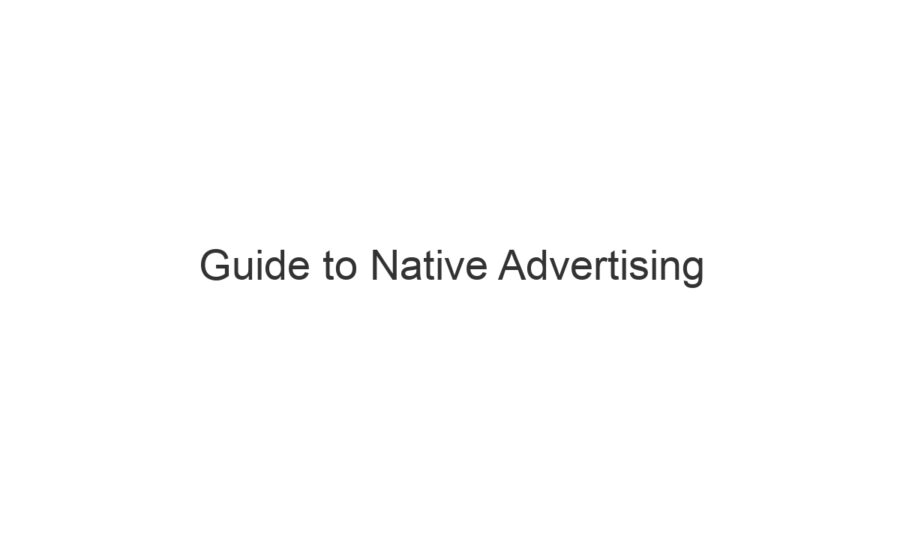All successful native advertising campaigns have one thing in common – premium content.
However, there’s a misconception that once content has gone live, you can’t improve your outcomes.
As soon as your native content goes live you need to continuously analyze performance data in order to understand what is/isn’t working, and why.
In this post we’re going to let you in on our top 5 tips on how to optimize native content campaigns on the fly, to ensure you maximize the quality of your content, delivery and performance without ruining your budget.
Talk to an account manager today to learn how Nudge’s toolkit can help you optimize your native ad campaigns.
These tips are based on countless hours of measuring native content campaigns:
1. Pick distribution sources that are driving quality traffic.
Look at which distribution methods are driving the highest attention, i.e. the highest quality, and remove the ones with high native bounce rates.
These changes are going to improve your overall campaign performance as you’ll be focused on quality as well as reach.
Listen as I ask Hollie, VP of Accounts at Nudge, to share her top tips on campaign optimization:
2. Split content formats/distribution sources between devices.
By understanding how your content performs on different devices, it will help you interpret what quality content is and how to optimize across devices, as well as splitting out your distribution.
3. Earned impressions reveal the quality of your campaigns’ social delivery.
Earned impressions are any impressions that come from a social share, i.e. the reach of your campaign that you didn’t pay for. Earned impressions can help identify distribution problems.
For example, if a campaign drives high social engagement of around 500 shares on Facebook, but only generating 20 clicks back to the content, you know you have a disconnection there.
Try changing your headline or image; small modifications like these can be decisive when it comes to extending your reach and budget.
4. Calibrate your budget to back the winning horse.
Don’t put the same distribution budget behind all pieces of content. One or two pieces of content in your campaign will get higher attention, higher social engagement and perhaps even higher conversions.
There is no spread of risk; simply trust what the data is telling you and back the winning horse.
5. Adjust the sponsored content with fruitful changes
Quality content won’t make the difference to a campaign on it’s own, but without it you’re going nowhere.
Possible changes that could leave a big impact on your campaign:
- Call to action – Don’t be afraid to use these, place out more if needed.
- Headline – Are you getting high bounce rate?
- Positioning – Maybe people are reading your content, but there’s a certain point where they drop off. If you have a conversion button after the drop-off point it may be a good idea to move it up. Or it’s a video that you really want them to see, same case, move it up.
Pencil in a demo call with a Nudge account manager today.
Summary
No matter your campaign objective, it’s important to always question what you’re doing.
Premium content is key for your campaign to become really successful…
…however, without backing the right distribution source/content format and understanding how to optimize your campaign based on what the performance data is telling you, you’ll end up with a lacklustre campaign and second rate results.
Now, with all of that in mind having Nudge across the campaign is going to help you get that quality reach. As during the campaign we’ll be able to check each publisher, piece of content, distribution sources, device types, etc – to make sure that you get the most bang for your buck out of your spend. And prove the ROI at the end of your campaign.

|
|---|


